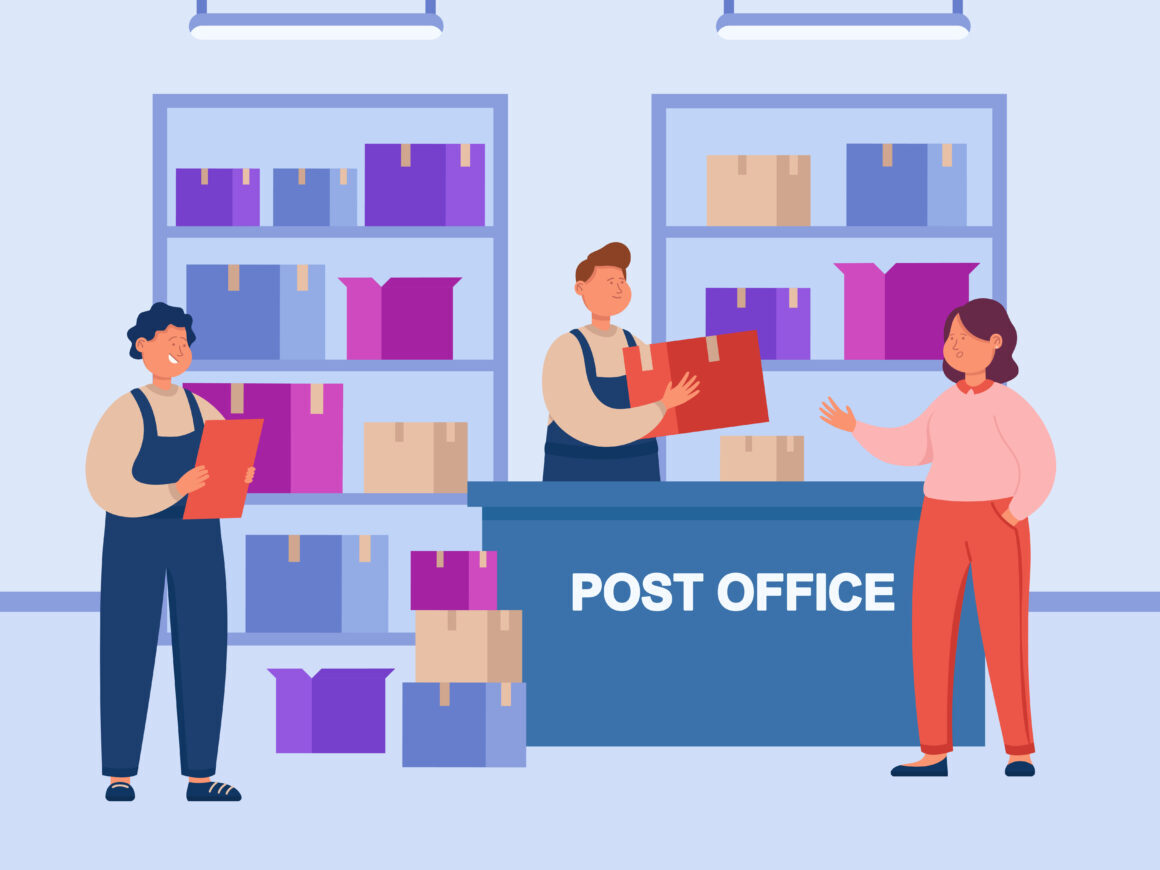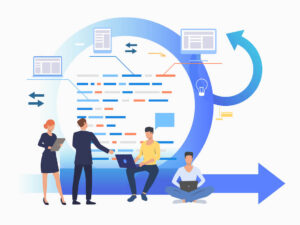Due to the increasing online demand by customers, the number of returns is also rising exponentially. Every day, more and more people are introduced to the magic of online shopping. Today, even the most traditional customers are using online channels to buy their grocery needs and even bread! Here comes the challenge of reverse logistics as the people who are not happy with their purchases are shipping the goods back. This is the light definition of reverse logistics. The Multiple studies show that product returns have never been the favourite part of the operations of e-commerce brands. The very nature of e-commerce brands is built for sales not for returns. Yet, these studies show that an average return rate of 20% that rises to 30% during peak holiday season. Holiday season, New Year’s Day, Christmas Day are just exceptions which retailers experience a 41% increase in returns of online orders. Therefore at this point, it’s best to intensify the light definition of reverse logistics. According to The Council of Logistics Management, reverse logistics is the process of implementing, controlling, and planning the cost-effective flow of finished goods, raw materials, and in-process inventory. The flow is from the point of consumption (i.e. the customer) to the point of origin (i.e. the manufacturer), to properly dispose of these or to recapture value.
Key to the customer journey
The reverse logistics have become the new priority of the business not only because it can cause a bottleneck for operations but also because it is the vital part of customer journey. The customers pay extreme attention to the return policy and how it is easy to engage the return process. In fact, in a recent ComScore study, 95% of customers will maintain a relationship with a brand that offers simple returns. 85% of customers said they would not order from a retailer if their return process was not smooth enough. Therefore it’s urgent for a company to implement an optimized reverse logistics plan.
Reducing costs
An e-commerce or a retailer company should increase profitability by reducing costs related to reverse logistics. The figures show that In 2018, retailers in the United States lost over $351 billion in sales to merchandise returns. In fact, the cost of return deliveries worldwide will reach $642 billion this year. This is a subject that needs attention. The companies have two simple ways to reduce reverse logistics costs. The first, and the most crucial one, is to prevent more returns from happening. Even though, this is a subject of another article, we will show you a very basic fact that will enhance the customer experience by lowering the returns, and it’s really one click away. The experts of this field also offer some simple solutions such as providing customers with better, clear to understand descriptions including more photos, size information and etc. Because according to the study the %23 of the people who return their products state that “The received item not as described”.
Automate your policy via RMA
The second method is to invest in technology and automate repetitive tasks. This will result in less labor costs. The companies with a return merchandise authorization (RMA) system will benefit mostly from automation. RMA is an app or platform that does for returns what your shopping platform does for sales. It provides an easy-to-use, front-end solution for customers, while fully integrating with your back-end operations and warehouse/inventory systems to streamline the returns process. “The more advanced the RMA system is, the more growth a company manages,” says The CEO of Makhina, Mehmet Ali Çalışkan and adds, “There are several RMA solutions available to deal with the problem in different ways, but they all have certain things in common. They serve as the ultimate tool to enhance the overall customer experience.”
An RMA system can help enforce your return policy as for many customers return policy is a very vague subject. According to UPS, 88% of consumers check the return policy when shopping online. If the return policy is not transparent, unclear, or inadequate, 15% of potential customers will abandon their shopping cart. Therefore, the design of the e-commerce site should take this into consideration and add this policy in a clearly visible place. RMA can also help identify fraud, serial returners and credit risks. Automating this process eliminates a massive amount of work for customer service and reverse logistics teams. In addition, an RMA system automates repetitive tasks such as return authorizations, customer service emails, tracking and data collection. On the fulfillment end, having this paper trail significantly reduces time spent in identifying and correctly processing returned items. Properly identified items are custom processed according to brand specifications and custom statements of work.
Last but not least, a company should promote return policy. Technically, the return process can amount to 10% of the total supply chain costs for an average business. Nonetheless, this number will help you build reputation and brand loyalty among your customers. The good news is that 77% of all those returns come from repeat customers. So, you are to find the perfect sweet spot between sales and returns and the services or offers like free returns, try-before-you-buy, and a well established return policy can lead your company to this goal by converting customers to real buyers.




